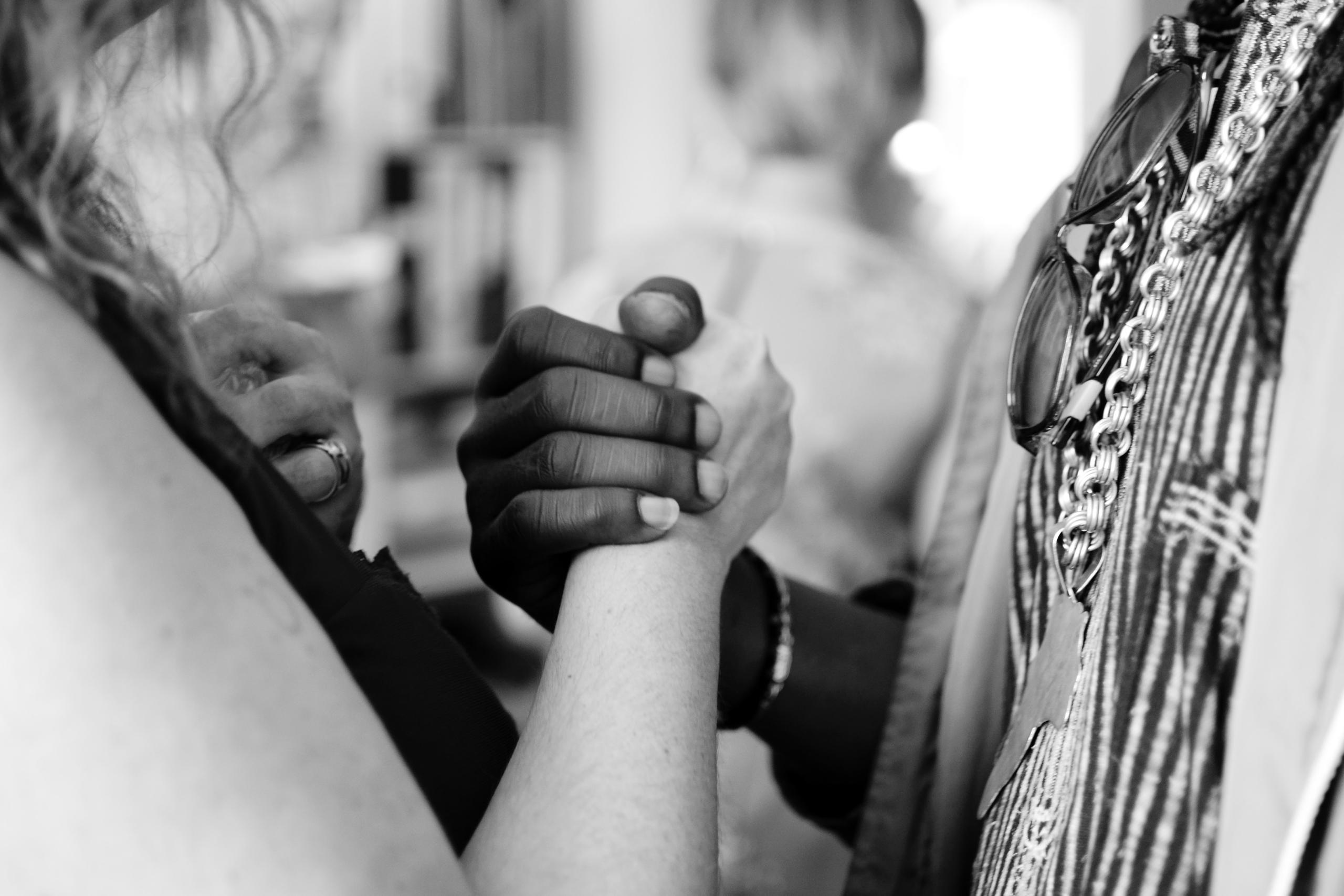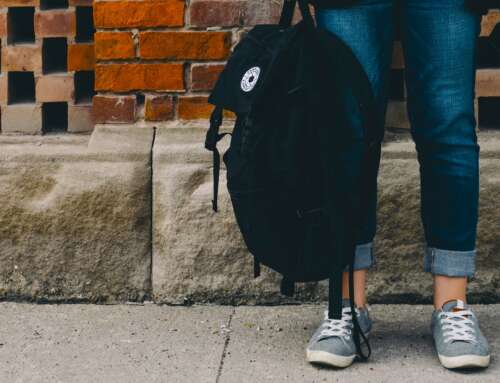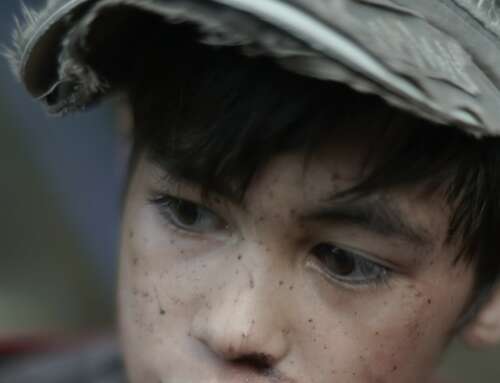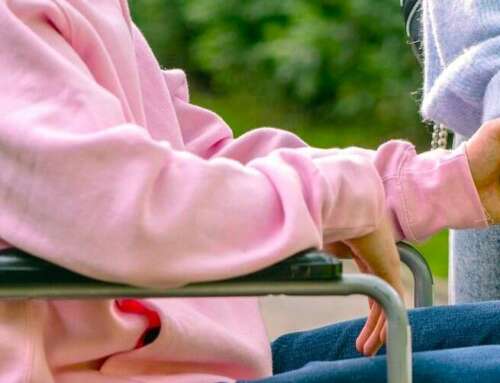COVID-19 has disproportionally affected disadvantaged and culturally and linguistically diverse (CALD) communities. However, the Victorian Government has released little disaggregated data on categories like ethnicity or socioeconomic status – perhaps trying to avoid discriminating along lines of wealth, race or religion.
At one level, not releasing this data minimises the risk of CALD communities being made scapegoats and the targets of community outrage.

But on the other hand, a non-targeted approach may increase the health risks to CALD groups and those of low socio-economic status (SES), and limit the effectiveness of the COVID-19 response. Was a lack of focused response one reason why we were so slow to get on top of the second wave in north west Melbourne?
Across the world, CALD communities and poorer people have experienced higher COVID-19 infection rates and poorer health outcomes.
Although the Victorian Government hasn’t released specific subgroup data, it is obvious from infection distribution maps that the COVID-19 hotspots are located in low socio-economic suburbs that are culturally and linguistically diverse and have large recent immigrant communities.
Why might this be the case? Reports on this phenomenon in the USA and UK suggest this is partly related to the social determinants of health whereby poverty, overcrowding, lower education, exclusion and poorer access to health lead to increased risk of infection and spread.
For example, in the UK, ethnic minorities represent half of all overcrowded homes, and overcrowding obviously makes social distancing more difficult.
Additionally, cultural, religious and linguistic differences impact on how well a public health message is understood and acted on. Obviously, language barriers limit the message getting across. Strongly held cultural and religious practices may also affect adherence to government restrictions.

For example, the extended family is a very important consideration for many cultures, compared to the western culture and its focus on the nuclear family.
Employment arrangements for those from CALD and lower socio-economic settings have contributed to higher infection rates and transmission. Recent migrants and foreign students commonly occupy lower paid and casual jobs, working in service industry roles and often working across multiple jobs at different sites.
They work long hours, typically in essential sectors and so are among the frontline workers who are our COVID-19 heroes.
Yet we have seen little evidence that engagement with at-risk communities has been a focus of the government’s response. Traditional methods of communication that merely parrot compliance with the ever-tightening restrictions ensure those people who are aware, compliant and at low risk remain … aware, compliant and at low risk. Meanwhile, CALD high-risk groups remain unengaged and at risk.
In response to a virus that seemingly exploits vulnerability, we need to work closely with these communities to limit COVID-19’s spread and harm. Enforcement of government restrictions in high-risk areas will help but, ultimately, we need more creative and targeted community engagement to change behaviour and to limit the COVID-19 spread.
Such targeted approaches are central to any effective public health strategy. We need to ask how we can engage all segments of the community, especially those most at risk and hardest to reach with mainstream approaches.

For starters, this means working with the relevant local culturally/linguistically diverse and religious bodies to determine the most suitable means, messages and channels of communication. Relying on traditional English-speaking media, like free-to-air TV, can only go so far. We need cultural champions, religious leaders and other influencers to get the message across.
Perhaps, at every second press conference, the Premier could share the floor with a religious or cultural leader from a high-risk area?
If we want people to physically distance, get tested and to comply with regulations, we need them to listen and we need to win their trust and buy-in. After all, some immigrants, particularly refugees, have come from areas where it can be dangerous to blindly trust government authorities.
Due to restrictions, we might not be able to be actually within these communities at social gatherings, but we can be on social media platforms and we can seek permission to engage with online worship services or community forums.
This process of community engagement and targeted messaging takes time and resources and it can’t be solely the responsibility of Victorian government. But the Premier needs to empower and fund local government areas and other community authorities with low SES and CALD communities so they can engage meaningfully.
By themselves, blunt business-as-usual lockdowns will be slow and to control this virus. We need to identify, understand and work with groups and in areas where we are failing to halt the spread of COVID-19.
In the long term, we need to address the social determinants of health in low SES and CALD communities.
This pandemic is another example of how the health of everyone, including the marginalised, affects the health of us all. We’re all in this together.
Featured image: Unsplash








Leave A Comment